Deck & Commander Strategies

Frodo, Adventurous Hobbit
Focuses on life gain and token generation using food tokens and card draw from Frodo's triggers to outlast opponents and chip away at their life totals.

Sam, Loyal Attendant
Supports Frodo by generating food tokens and enabling life gain, facilitating a gradual advantage and synergy with Frodo's ring bearer mechanics.
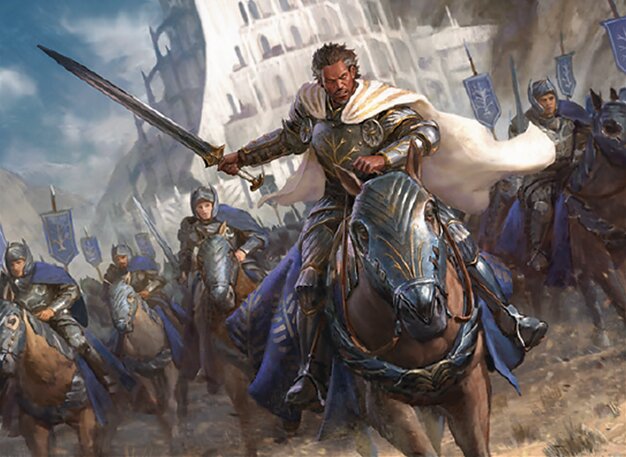
Aragorn, the Uniter
Leverages legendary creature synergies and multi-colored spells to outvalue opponents with card draw, board presence, and incremental buffs.
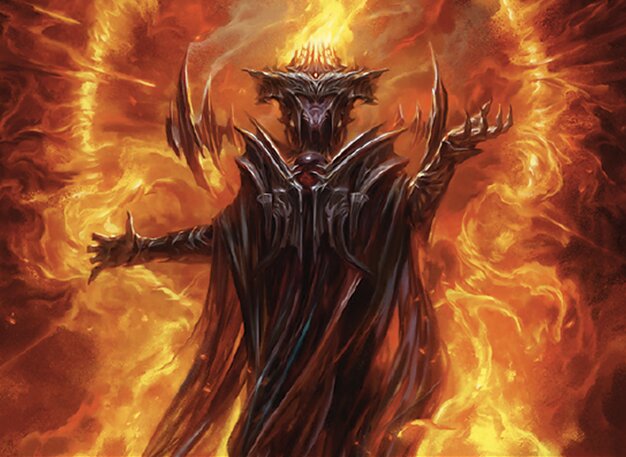
Sauron, the Dark Lord
Amasses a large orc army using amass triggers, death touch creatures, and utility lands like Mount Doom to overwhelm opponents with raw power.
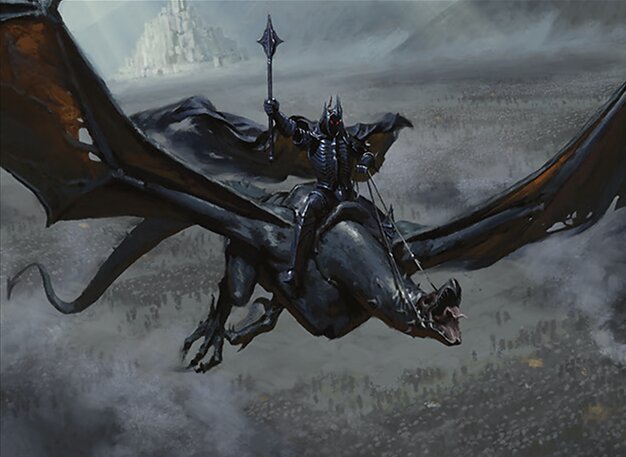
Lord of the Nazgûl
A wraith tribal deck that maximizes the value of cantrips and equipment like Lightning Greaves to enable fast, repeated attacks and disruption.
Gameplay Insights
- 1
Repeated amass triggers from Sauron and creatures like Orcish Bowmasters enabled steady army growth and incremental damage through ping effects.
- 2
The use of Lightning Greaves on commanders like Lord of the Nazgûl allowed for quick attacks and evasive plays, maintaining pressure on opponents.
- 3
A well-timed board wipe significantly reset the board state, forcing players to rebuild their strategies mid-game.
- 4
Targeted removal spells such as Swords to Plowshares and D-Spark were crucial in disrupting key commanders and shifting momentum.
- 5
Players leveraged life gain synergies with food tokens to trigger card draw and maintain resilience against aggressive strategies.
Notable Cards
-

Orcish Bowmasters
-
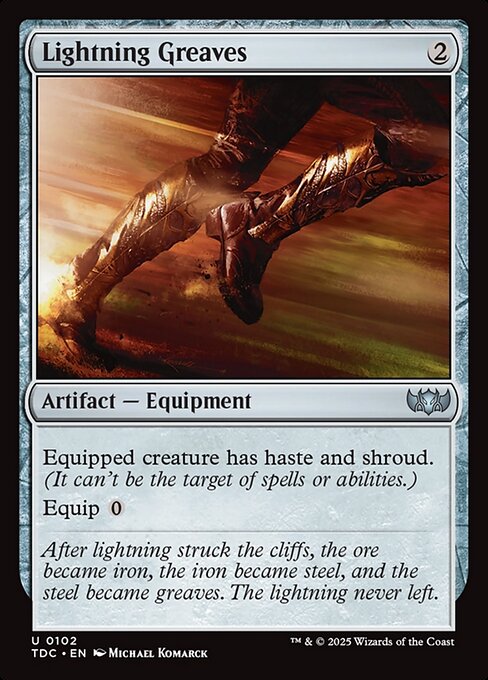
Lightning Greaves
-
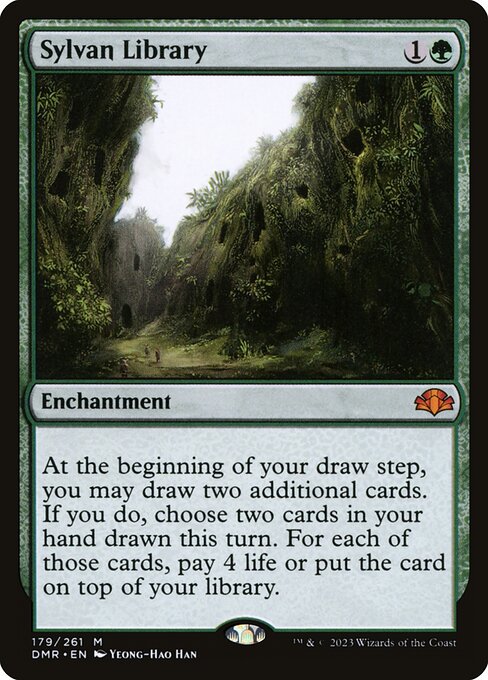
Sylvan Library
-

Bard Class
-
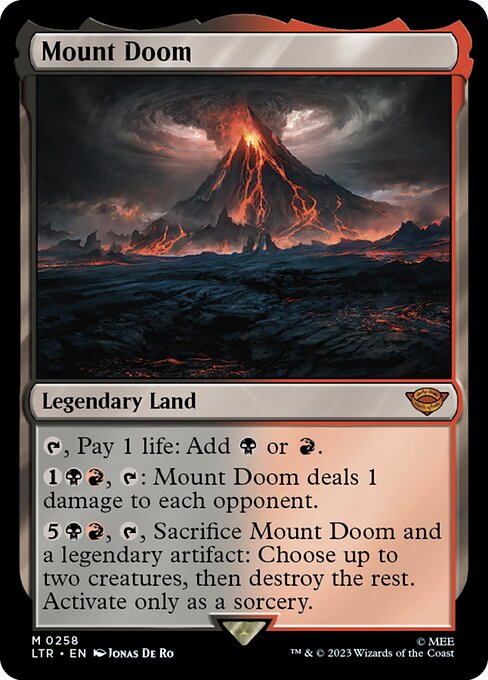
Mount Doom
-

Swords to Plowshares
-

Idol of Oblivion
-
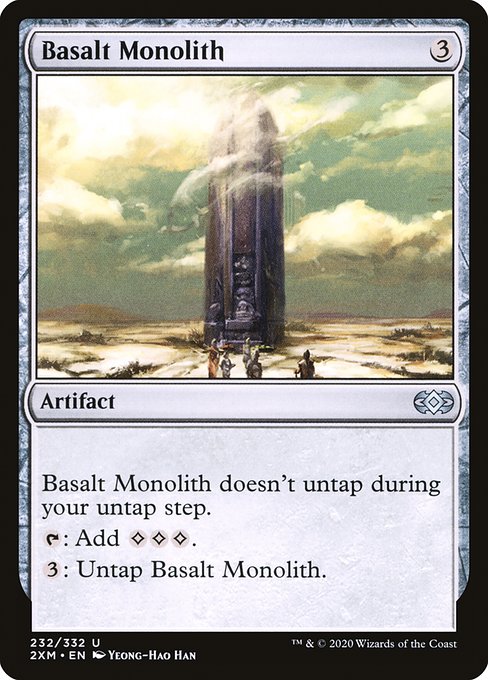
Basalt Monolith
Gameplay Summary
The game featured five distinct Lord of the Rings-themed Commander decks competing in a dynamic multiplayer setting.
Early on, Frodo and Sam's deck established a life gain and token generation engine, with Frodo drawing cards and Sam creating food tokens that fueled incremental advantage.
Aragorn's deck focused on legendary creature synergies, leveraging multi-colored spells and card draw engines like Sylvan Library and Bard Class to outvalue opponents.
Meanwhile, the Sauron deck aimed to amass a growing army of orcs through amassing triggers and powerful creatures with death touch, using utility lands like Mount Doom for added impact.
The Lord of the Nazgûl deck aggressively utilized cantrips and wraith tribal synergies, with key equipment like Lightning Greaves enabling swift attacks and key removal spells such as Swords to Plowshares to disrupt opponents.
Throughout the game, board wipes and targeted removal shaped the battlefield, including a pivotal moment when a board wipe disrupted established boards, forcing players to rebuild.
The game saw tight interaction with repeated casting of commanders and leveraging of unique synergies, culminating in heavy combat phases where life totals fluctuated as players sought to maintain board presence and pressure.




































